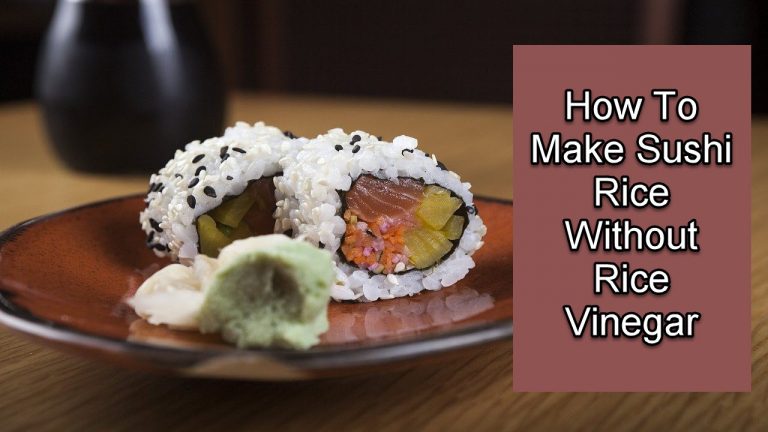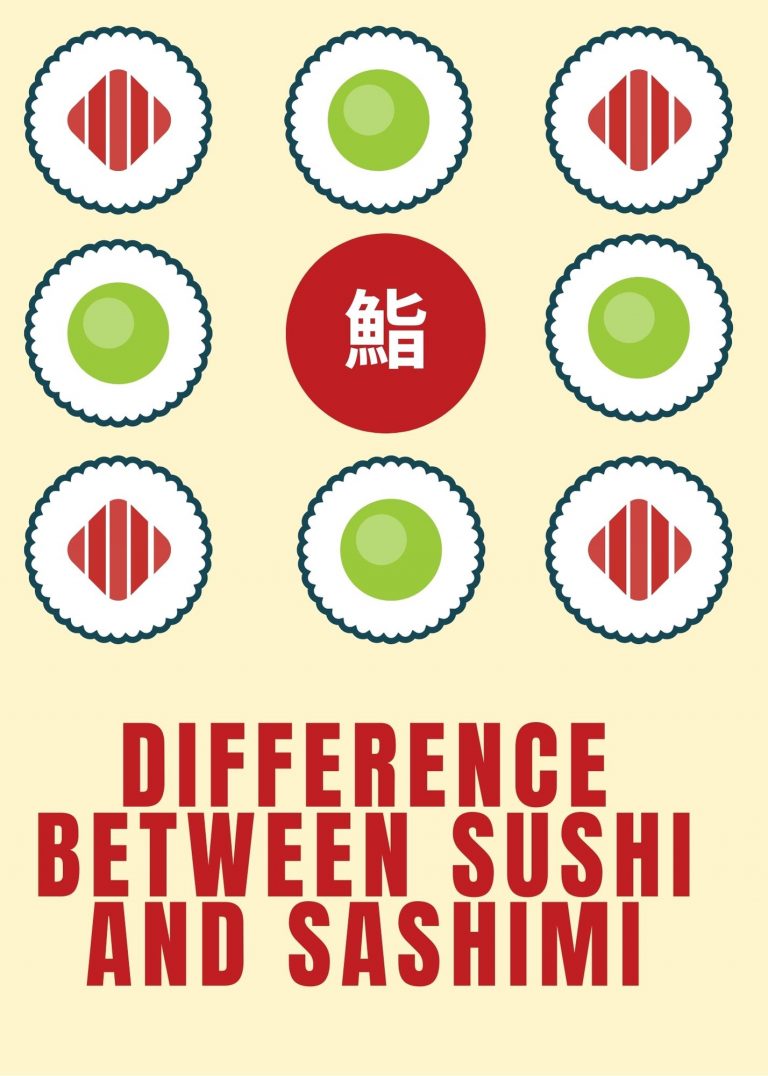How to Make a Traditional Japanese Breakfast

Breakfast is a very important meal that everyone should take after rising from a long night of sleep. It is composed of a complete meal usually served during lunch or dinner time. It helps stimulate your metabolism to burn calories all through the day. Thus, giving you enough energy to sustain any activities you have a long way. However, breakfast being served may vary depending on the country you are in or the individual?s food preferences. In this article, we have mapped out kinds of dishes being served in a traditional Japanese breakfast, and how it is being made. Read on and learn to prepare a very enticing and delicious breakfast, the Japanese way.
Salted salmon, miso soup, rice, tamagoyaki, and hot tofu (yudofu) are among the commonly served dishes in a traditional Japanese breakfast. Normally, these dishes are served in small servings but no one can resist the savory taste of each dish that will truly satisfy one?s cravings. The food combination included in a traditional Japanese breakfast may look complicated, yet these dishes are easy to prepare. In fact, you can add other ingredients to these dishes to garnish and add flavor, depending on your taste. We will tackle what a traditional Japanese breakfast is made of to help you prepare a complete Japanese-style breakfast.
What are the various components in making a legendary traditional Japanese breakfast?
Steamed rice
Steamed rice is the main dish of a traditional Japanese breakfast. In fact, a meal won?t be complete without rice. White rice (hakumai), short-grain rice (gohan), and long-grain white or brown (genmai) are the variety of rice available which are nutritious and starchy. Normally, the short-grain rice is the traditional choice for steaming. And yes, steamed rice is quick and easy to prepare. All you need is water, short-grain rice (gohan), and a rice cooker or a pot. Once steamed rice is completely cooked, you can add other ingredients or toppings to make your steamed rice more attractive and delicious.
Baked salted salmon
Salted salmon is one of the popular choices to be served along with the other side dishes in a traditional Japanese breakfast table. This dish is rich in Omega 3 and protein, and is simple to prepare. Before salted salmon is baked, it should be marinated for at least 24 hours with mirin, soy cause, sake and a pinch of salt to achieve its savory taste. A salted salmon can be grilled or baked. But for a traditional Japanese breakfast, individual prefers to have it baked.
Miso soup
A better way to fill your empty and cold stomach after long hours of fasting is to feed it with a very indulging miso soup. Any soup will do in a traditional Japanese breakfast table, but Miso soup is among the best choices. Miso soup is a mixture of miso and dashi. Miso is a type of paste made from sea salt, rice koji, and soybeans. While dashi a primary Japanese soup stock composed of anchovy, kelp, and dried bonito flakes mixture. This soup is indeed a perfect complement with other dishes served in a traditional Japanese breakfast settings.
Rolled omelette (Tamagoyaki)
Eggs are best served along with hot sauce, black pepper or ketchup for Americans. But Japanese prepare it in a different way. All ingredients are being mixed up before cooking, to add flavor and make it a savory rolled omelette or also known as Tamagoyaki. Rolled omelette can be used as filling for sushi and is perfect to serve for breakfast. The usual Tamagoyaki uses soy sauce and mirin condiments. Alternatively, you can also use dashi soup stock which would come up with indistinguishable outputs. Unlike any other rolled omelette which are salty in taste, Japanese rolled omelette (Tamagoyaki) is sweet and custardy. As with its appearance, it looks like it?s difficult to prepare, but it?s the other way around. Tamagoyaki is everyone?s children?s favorite.
Hot Tofu (yudofu)
Hot tofu or also known as yudofu is an easy to prepare dish that is filled with nutritious flavor, and is low in calories. Dish up with fine mixture of organic tamari, sweet mirin, and dashi stock, yudofu is a nutritious dish that will please everyone?s appetite. Hot Tofu should be prepared with care as its texture can be easily scrumple. To add more flavor, you can serve it with shichimi togarashi (mixture of Japanese chili pepper spice) and wasabi paste. For vegetarians, use kombu dashi instead of the regular dashi. It definitely takes no time to prepare this healthy and protein-rich hot tofu along with the other side dishes in a traditional Japanese breakfast.
How traditional Japanese breakfast is served
According to Japanese etiquette, the bowl of rice should be placed on the left side and miso soup on the opposite side. The baked salted salmon must be served on a separate plate, steamed hot tofu in a small bowl, and the rolled omelette on a small plate. You can also prepare a soothing healthy green tea beverage to improve your brain function, lower cholesterol level, and gives you a relaxing feeling. No one won?t dare to miss breakfast if the dishes served in the table are as delicious, healthy, and indulging as the menu prepared in a traditional Japanese breakfast table.
A traditional Japanese breakfast is already offered to various restaurants, cafes, and even available via made-to-order all over the world. The advantage of knowing how to prepare this menu is that you no longer need to be in those places that offer traditional Japanese dishes. You can prepare these dishes in the comfort of your home. Eating breakfast at home is not only practical but also comforting. And of course, your Japanese breakfast experience wouldn’t be complete without using chopsticks.





